TRUMPF acquires stake in GLOphotonics
source:optics.org
Time:2020-01-19
High-technology company Trumpf has acquired a minority stake in French laser technology startup GLOphotonics.
The Limoges-based company develops and produces special optical fibers for use in materials processing applications. The fiber offers a simpler and faster way to deliver laser light from the source to the desired destination without any loss of power. Financial details were not revealed of the deal, which was concluded in December 2019.
“GLOphotonics has outstanding expertise in laser technology. We hope our investment will support ongoing development of this promising technology and help make it industry-ready,” commented Berthold Schmidt, Managing Director R&D in Trumpf’s Laser Technology division.
Hollow-core fiber simplifies production processes
GLOphotonics’ fiber is hollow and primarily intended for lasers that emit short pulses of light, for example materials processing to create features in the micrometer range, such as are needed in the manufacturing of medical stents (pictured, above). Furthermore, GLOPhotonics’ Fastlas system generates extremely short laser pulses; the company claims it to be “the most scalable nonlinear pulse compressor in the market”.
Due to physical limitations, ultrashort pulse lasers cannot be coupled into a glass fiber, so today’s lasers generally use an array of mirrors and lenses to direct the beam onto the target. This method is extremely complex and costly.
“The hollow-core fiber opens up new technical avenues for machine makers and system integrators. Compared to free-beam delivery, it offers a much simpler and more flexible way of guiding laser light from a pulsed beam source to its destination. This greatly simplifies processes on the shop floor,” said Schmidt.
Trumpf added that “industry experts anticipate that industrial hollow-core fibers will also pave the way for entirely new applications in the future. Potential examples in the field of communication include optical data transmission in large computer centers.”
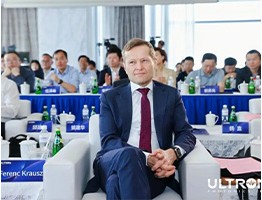 4th Collaboration! What Brought the Global Laser Academic Guru to Chinese Univs & Leading Firms?
4th Collaboration! What Brought the Global Laser Academic Guru to Chinese Univs & Leading Firms?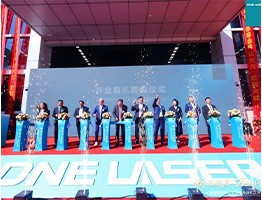 DNE Laser Foshan Smart Manufacturing Base Grand Opening: New Brand Image Starts New Journey
DNE Laser Foshan Smart Manufacturing Base Grand Opening: New Brand Image Starts New Journey Live: DMP GBA Expo – Laser Hard Tech Leads Industrial Smart Manufacturing New Wave
Live: DMP GBA Expo – Laser Hard Tech Leads Industrial Smart Manufacturing New Wave Scientists Develop Palm-sized Short-pulse Laser System: Efficiency Increased to 80%
Scientists Develop Palm-sized Short-pulse Laser System: Efficiency Increased to 80% Global LiDAR Giants Engage in Escalating Patent Wars
Global LiDAR Giants Engage in Escalating Patent Wars
 Shi Lei (Hipa Tech): Focus on Domestic Substitution, Future Layout in High-End Laser Micromachining
Shi Lei (Hipa Tech): Focus on Domestic Substitution, Future Layout in High-End Laser Micromachining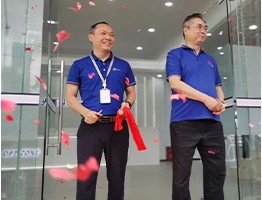 Optizone Technology: 17 Years Devoted to Optics – High-Power Optics Mass-Production Pioneer
Optizone Technology: 17 Years Devoted to Optics – High-Power Optics Mass-Production Pioneer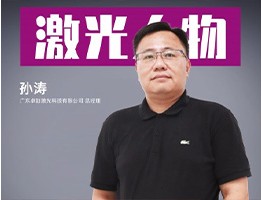 Zhuojie Laser: Breaking barriers via tech breakthroughs, aiming to lead high-end light sources
Zhuojie Laser: Breaking barriers via tech breakthroughs, aiming to lead high-end light sources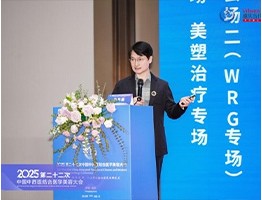 Dr. Sun Linchao: Pioneer and Leader in China's Field of Medical Aesthetic Laser Therapy
Dr. Sun Linchao: Pioneer and Leader in China's Field of Medical Aesthetic Laser Therapy Guo Guangcan, CAS Academician & USTC Professor: Four Decades Chasing Quantum "Light"
more>>
Guo Guangcan, CAS Academician & USTC Professor: Four Decades Chasing Quantum "Light"
more>>
